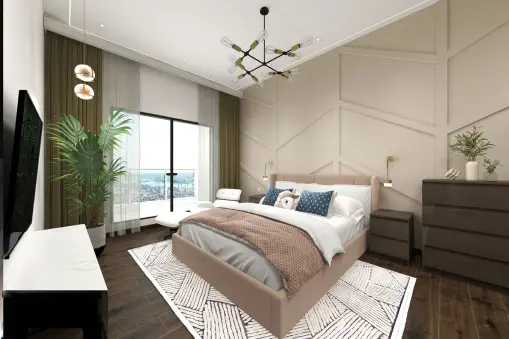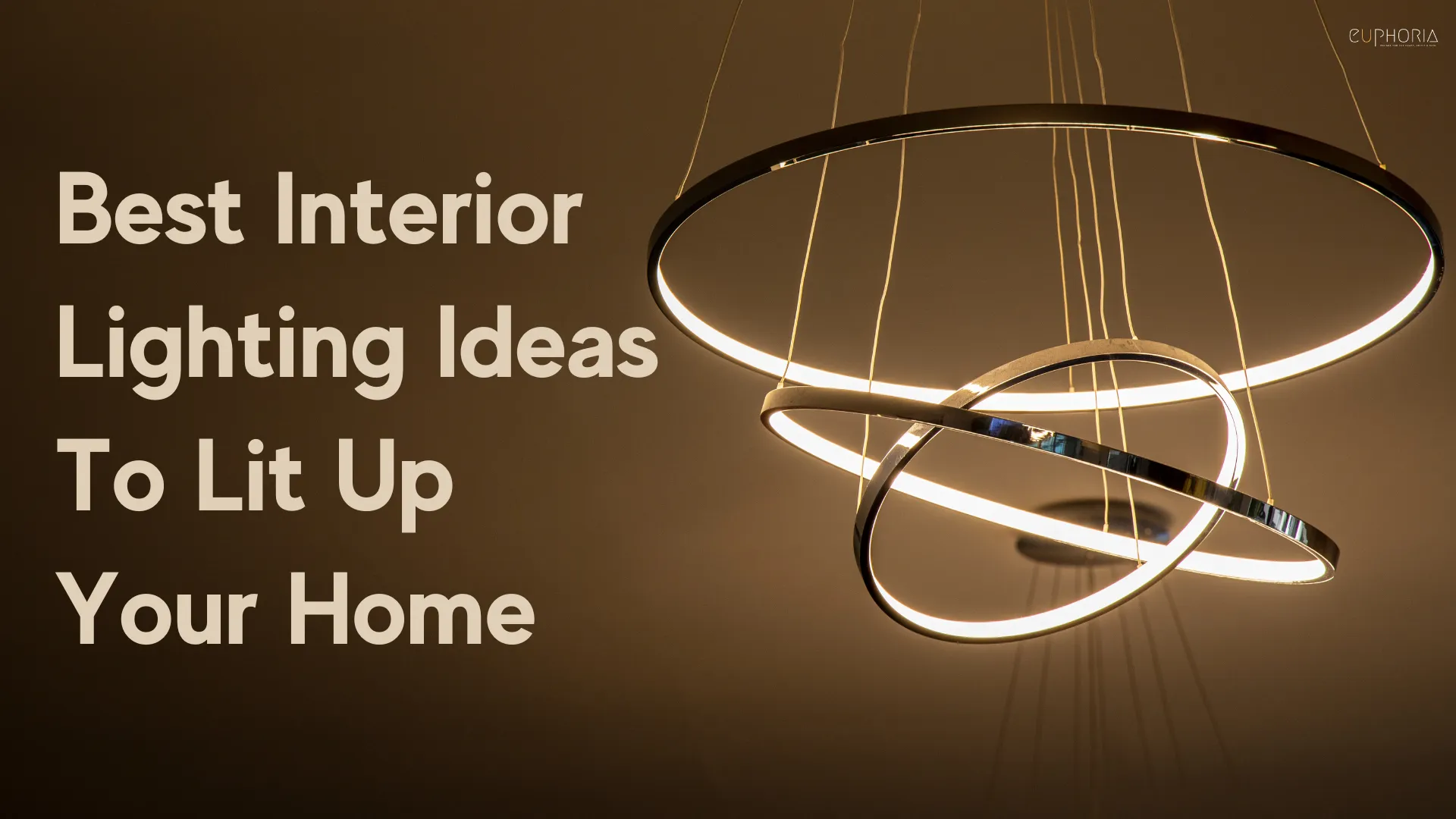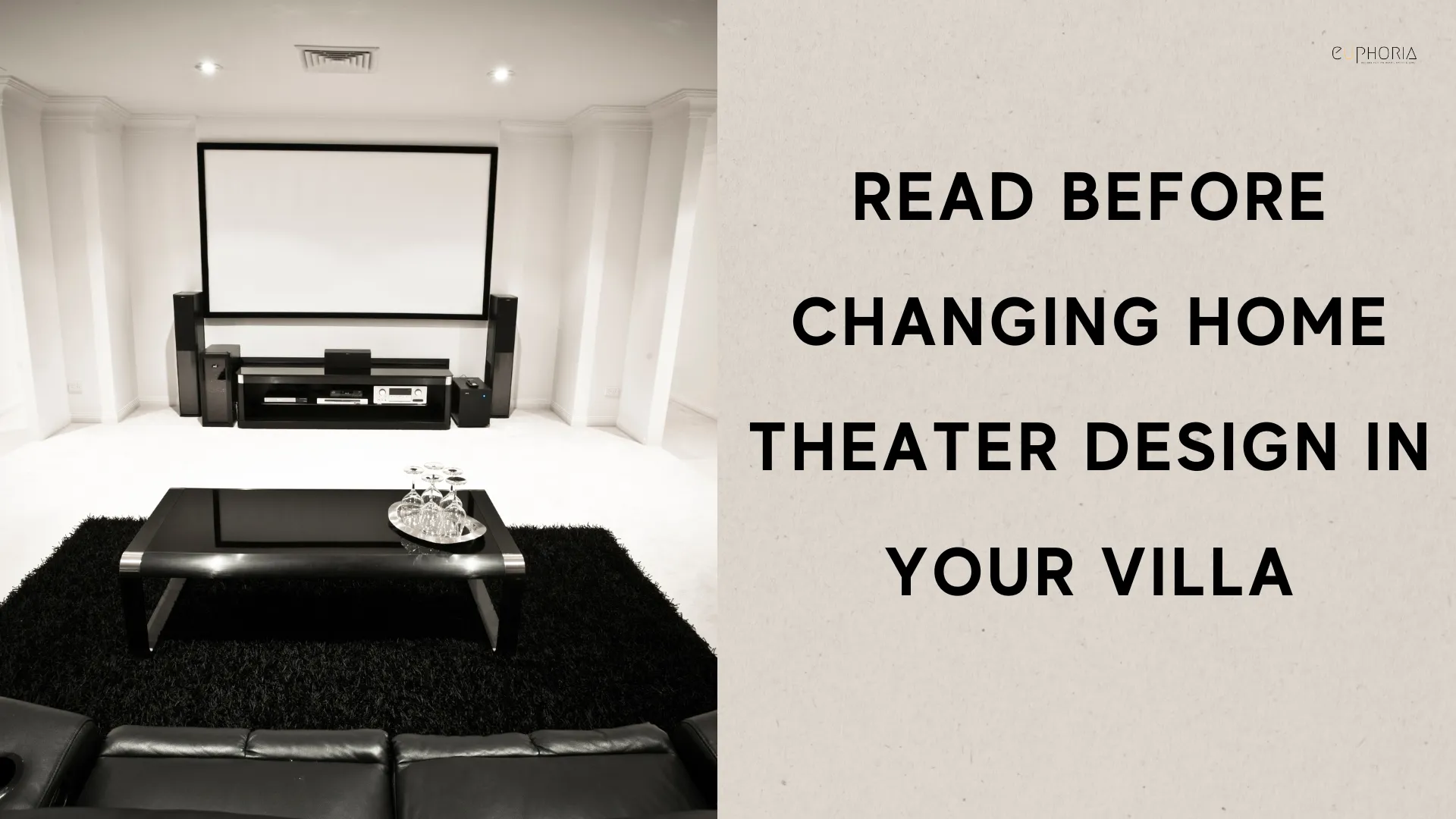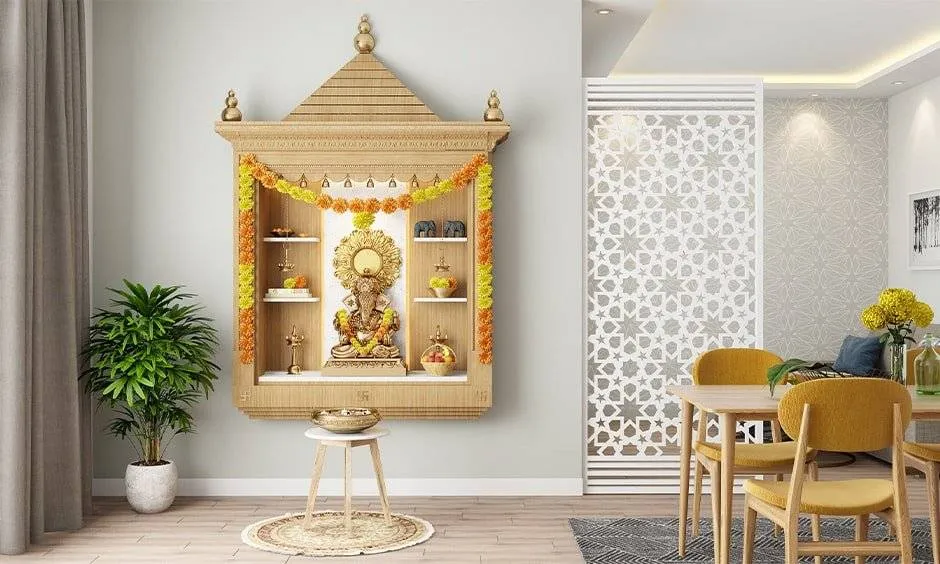A house is more than just four walls and a roof; it’s a blank surface where your story can take shape. Residential interior design is what turns ordinary rooms into extraordinary homes. It’s the cozy spot where you drink your morning coffee, the gallery wall that brings back memories, and the textures and colors that make every room feel alive. It’s not enough to just pick out furniture; you need to make the space feel like it belongs to you. Are you ready to make your house full of style, comfort, and personality? These tips from professionals will help you make your dream come true.
7 Tips for Residential Interior Design
1: Embrace Sustainable and Eco-Friendly Design
A. The Growing Trend of Sustainability in Dubai
Key points:
Implement energy-efficient lighting systems like LED bulbs and dimmers.
Invest in solar panels or renewable energy systems to power the home.
Opt for sustainable, eco-friendly materials like bamboo or reclaimed wood for furniture.
B. Practical Tips for Eco-Friendly Interiors
When it comes to interior design, incorporating sustainability can be as simple as choosing the right materials or as advanced as integrating smart home technology. From natural stone countertops to using less water for landscaping, every small step toward an eco-conscious home adds up.
Key points:
Consider sustainable materials like reclaimed wood or bamboo for flooring, furniture, and decor.
Use energy-efficient appliances that consume less power and water.
Invest in smart home technologies to monitor energy usage and adjust accordingly.
2: Prioritize Functionality Without Compromising Luxury
A. Dubai’s Demand for High-End Living
In a city like Dubai, luxury is paramount. However, homeowners and designers often find themselves trying to strike a delicate balance between opulence and practicality. The key here is not to sacrifice functionality for luxury but to find ways to bring them together.
Key points:
Choose high-quality materials and finishes that combine elegance and durability.
Design spaces that offer both beauty and utility, like kitchens with smart appliances or living rooms with multifunctional seating.
Prioritize comfort and ease of living without compromising on style.
B. Designing Multifunctional Spaces
In modern Dubai, space is precious, especially in high-rise apartments. To make the most of every square inch, it’s essential to focus on multi-functional furniture and adaptable layouts. This is where clever design comes in. Convertible furniture like fold-away tables, hidden storage solutions, and modular sofas can help make spaces feel more spacious and flexible.
Key points:
Invest in convertible furniture, such as foldable desks and pull-out beds.
Use clever storage solutions to maximize space, like under-bed storage or built-in cabinetry.
Create layouts that are easily adaptable, so rooms can change purpose depending on the occasion.
3: Incorporate Cultural Elements Thoughtfully
Alending Traditional and Modern Aesthetics
Dubai is a city rich in culture, and a design that reflects the city’s heritage can bring a unique touch to a home. However, it’s important to strike a balance. Too many traditional elements can make a space feel outdated, while an entirely modern aesthetic might feel disconnected from the local culture.
Key points:
Incorporate subtle cultural references through textiles, patterns, or artwork.
Use neutral tones as a backdrop and add cultural accents sparingly with furniture or wall decor.
Focus on using elements like geometric patterns, arabesques, or calligraphy in a way that feels contemporary but still respectful.
B. Key Design Elements to Consider
To bring a piece of Dubai’s heritage into your home, you can draw inspiration from traditional design elements like Mashrabiya screens, Islamic geometric patterns, and earthy color palettes. By weaving these elements into your interior design, you can create an inviting atmosphere that feels both modern and rooted in history.
Key points:
Integrate Mashrabiya screens or latticework as window treatments or rroomdividers
Opt for Islamic geometric patterns in your rugs, wallpapers, or cushions.
Stick to neutral color schemes like beige, cream, and sand tones with pops of richer hues.
4: Choose Materials That Withstand the Local Climate
A. Issues with Unsuitable Materials
The extreme temperatures and humidity in Dubai can be harsh on interior materials. Some materials may warp, fade, or degrade over time, which can lead to costly replacements and repairs.
Key points:
Choose durable materials like porcelain tiles and engineered wood for flooring and furniture.
Opt for UV-resistant fabrics for upholstery and drapes to prevent fading.
Use moisture-resistant materials in bathrooms and kitchens.
B. Material Selection
When selecting materials for your home in Dubai, it’s essential to consider their performance in the local climate. For flooring, porcelain or stone tiles are excellent choices due to their durability. Similarly, outdoor furniture should be made of materials that can withstand both sun exposure and rain.
Key points:
Porcelain tiles and engineered wood work well for flooring.
Look for UV-resistant fabrics for window treatments and soft furnishings.
Outdoor furniture should be made from weather-resistant materials like aluminum, teak, or resin wicker.
5: Lighting Design to Enhance Ambiance and Functionality
A. Importance of Lighting in Dubai Homes
In Dubai, natural sunlight can be overwhelming during the day, while indoor lighting can feel inadequate at night. Proper lighting is key to creating a comfortable, stylish environment. Layered lighting, including ambient, task, and accent lights, can help create balance.
Key points:
Use layered lighting to create a dynamic and flexible ambiance.
Invest in dimmable fixtures to control the intensity of light.
Incorporate LED strips or spotlights for accent lighting.
B. Custom Lighting for Different Spaces
Each room in your home requires different lighting solutions. Living rooms may benefit from statement light fixtures or chandeliers, while bedrooms should feature softer, warmer lighting for relaxation.
Key points:
Use pendant lights or chandeliers for living rooms and dining areas.
Use soft lighting and table lamps for a warm, cozy atmosphere in bedrooms.
Invest in smart lighting systems that can adjust to different times of day.
6: Personalization and Customization
A. Making Interiors Reflect Individual Lifestyles
One of the most rewarding aspects of residential interior design is the ability to make a space uniquely yours. By choosing bespoke furniture, custom decor, and incorporating personal items, you can make your home feel like a true reflection of your lifestyle.
Key points:
Consider custom-made furniture that fits your exact specifications and style.
Incorporate personal items like artwork, family heirlooms, or unique collectibles.
Don’t be afraid to experiment with colors, patterns, and textures that resonate with your personal taste.
B. Strategies for Effective Customization
Customization can be achieved through various design elements, such as bespoke furniture, unique artwork, or personalized color schemes. By working closely with designers, you can bring your vision to life.
Key points:
Customize furniture pieces to suit your space and style.
Use personal artwork or items to tell your story.
Stay true to your personal aesthetic while considering practical design solutions.
7: Engage Professional Expertise for a Seamless Process
A. Why Professional Designers Matter in Dubai
When it comes to interior design in Dubai, professionals bring valuable expertise that ensures your vision comes to life seamlessly. They understand the local market, regulations, and ttrendsand can provide practical solutions that you might not have considered.
Key points:
Hire professionals with experience in residential design and knowledge of local trends.
Work with designers who understand your lifestyle and preferences.
Don’t underestimate the value of an experienced designer in executing your vision.
B. How to Choose the Right Designer
Choosing the right designer is critical to a successful project. Look for professionals with strong portfolios, positive client reviews, and the ability to collaborate effectively.
Key points:
Review portfolios and past projects to find a designer whose style resonates with you.
Read client testimonials and reviews to gauge reliability and professionalism.
Ensure the designer understands your needs and has experience in Dubai’s residential design market.
Conclusion
Designing a home in Dubai may seem like a daunting task, but by keeping these expert tips in mind, you can create a space that is not only functional but also a reflection of the unique culture and lifestyle of this vibrant city. Whether you’re focused on sustainability, luxury, or cultural integration, each step will bring you closer to creating a home that feels like your own personal haven in the heart of Dubai. Don’t forget: the right professionals can guide you in turning your dream home into a reality, so don’t hesitate to consult experts to bring your vision to life.
FAQs
What’s the best flooring material for Dubai’s climate?
Porcelain tiles and engineered wood are great choices for Dubai’s hot and humid climate, as they are durable and resistant to fading or warping.
How can I make my Dubai apartment feel bigger?
Use multi-functional furniture, invest in clever storage solutions, and opt for light colors and mirrors to create the illusion of space.
Should I hire a designer for my Dubai home?
Hiring a designer can be very beneficial, especially in Dubai’s complex market. They understand local trends, materials, and rregulationsand can help you navigate the process smoothly.
How do I incorporate traditional Arabian elements into modern interiors?
You can blend traditional Arabian elements by using geometric patterns, Arabic calligraphy, or Mashrabiya screens while maintaining a modern aesthetic through neutral colors and sleek furnishings.




